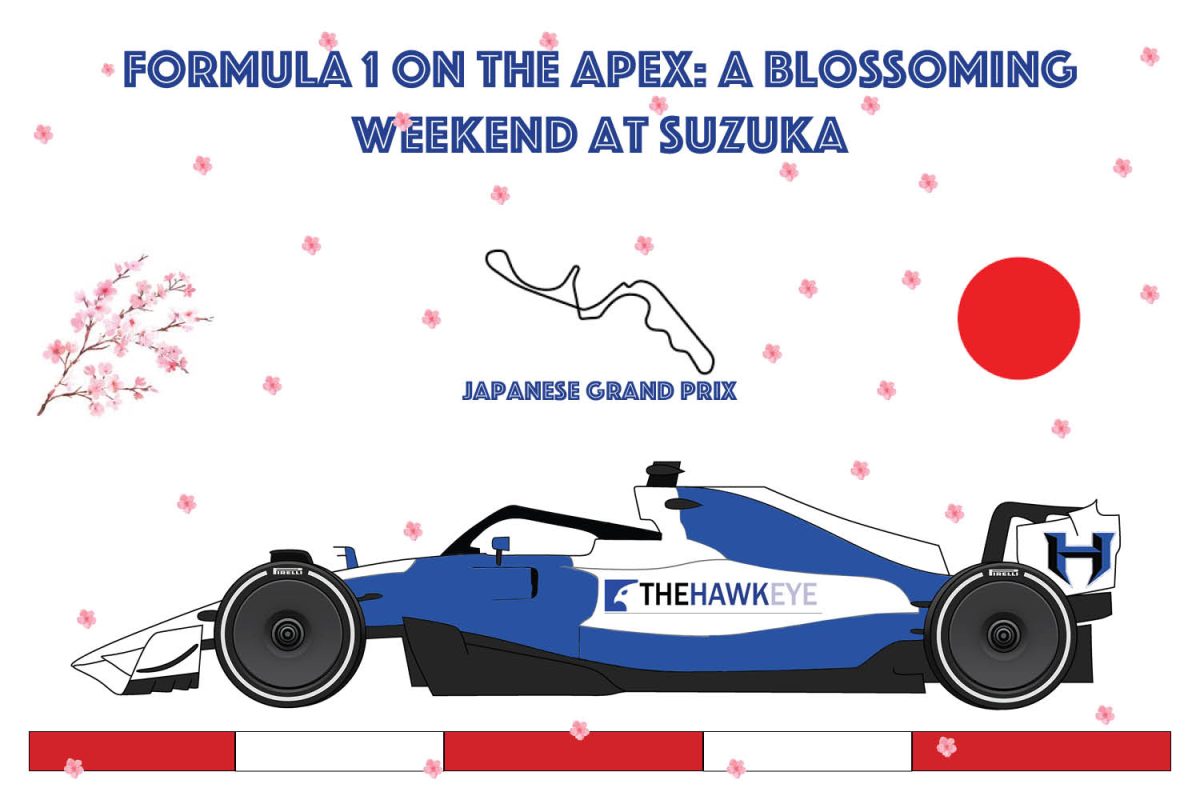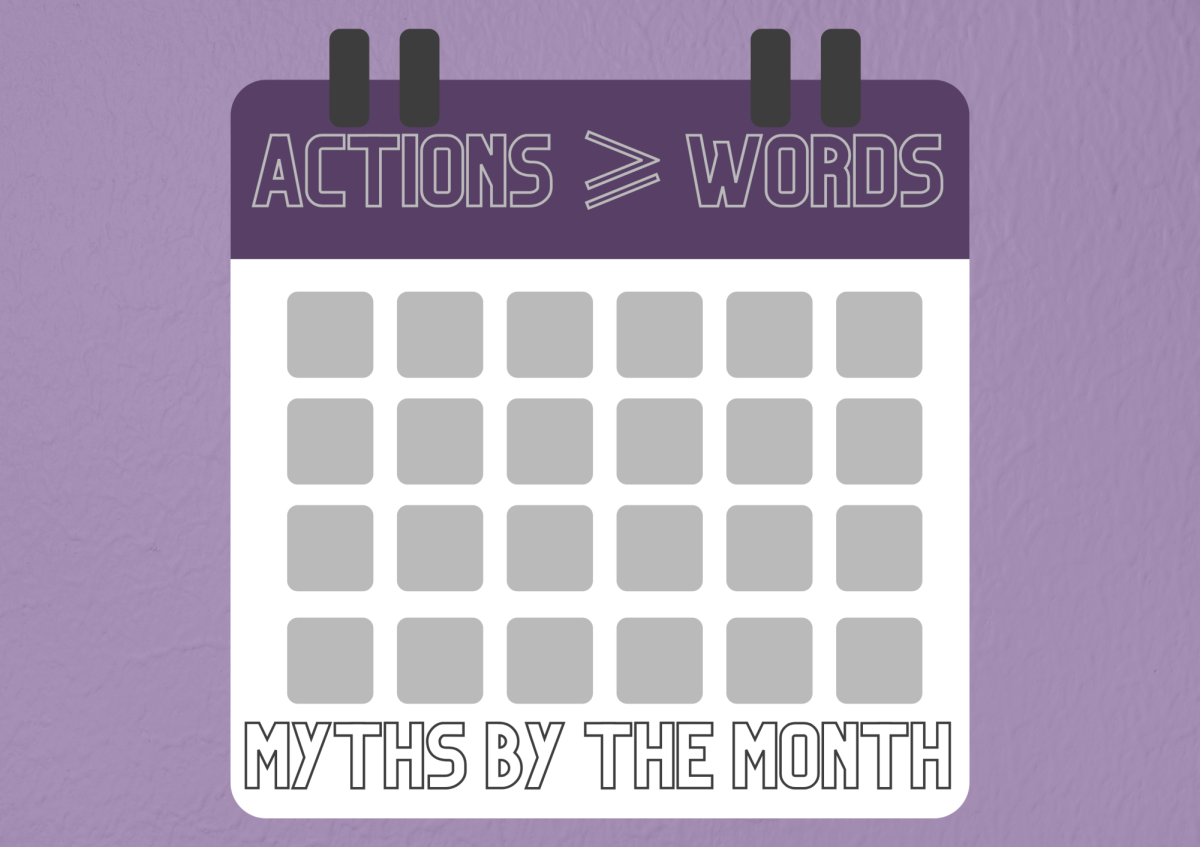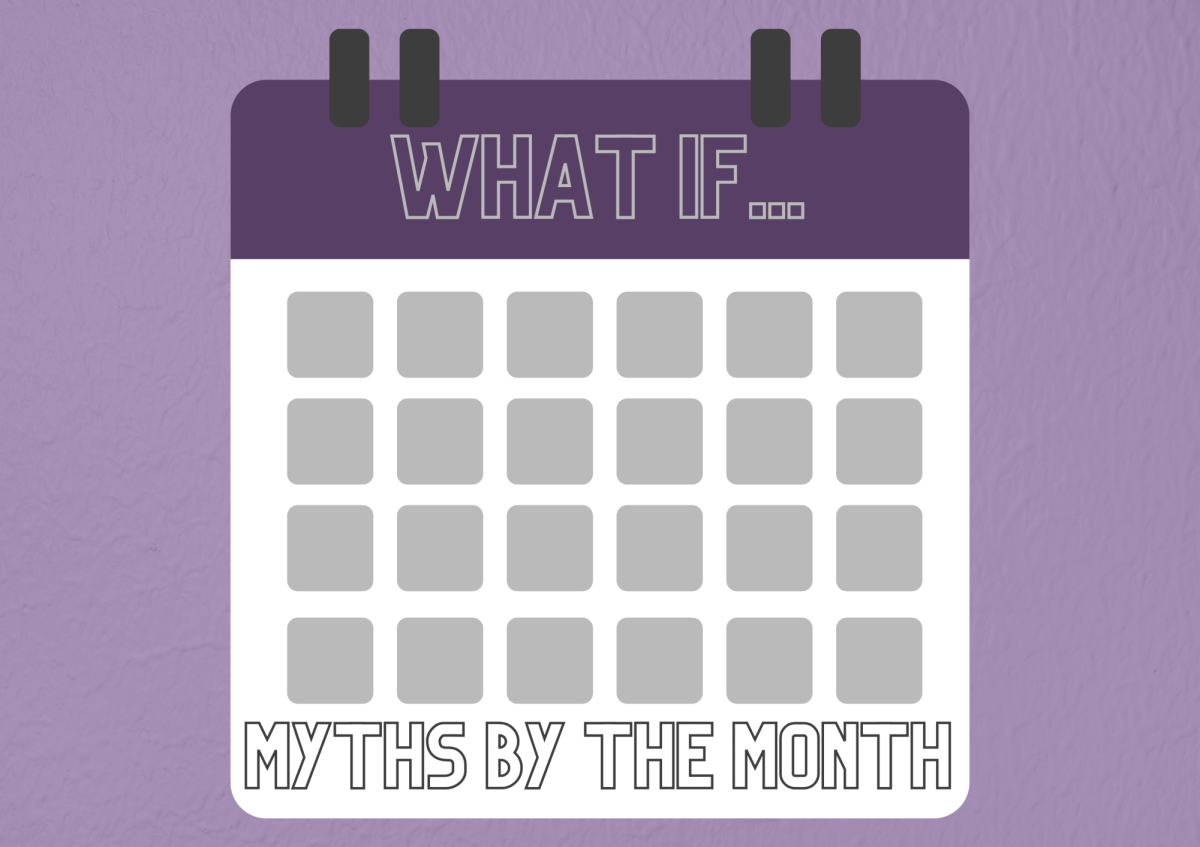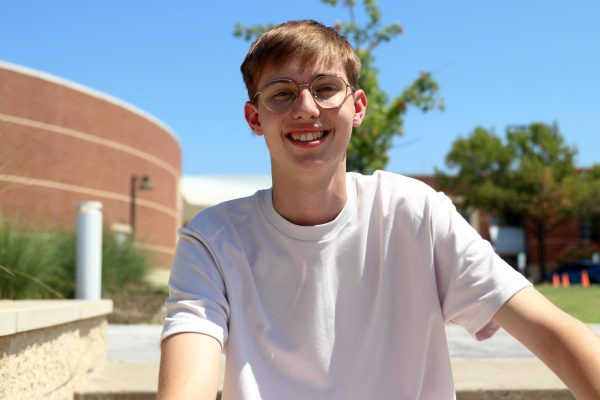With the 2023-2024 Formula 1 season fully underway, the teams set off to Japan for the always-intriguing Japanese Grand Prix.
The Japanese Grand Prix takes place at the historic Suzuka Circuit, which includes past winners such as Michael Schumacher, Lewis Hamilton, Aryton Senna, Sebastian Vettel and Fernando Alonso. Suzuka Circuit is a personal favorite track of mine, filled with medium-speed curves, fast straights, banked corners and picturesque scenery. It has everything a fan could want from a circuit and provides many opportunities for overtaking, as well as fighting throughout the track.
One of the main things I love about Formula 1 is how complex of a sport it is. There are so many little things that go into every single race weekend, not to mention all of the research and development that happens back at the factories and in between seasons. From adjusting front and rear wing heights and angles to determining the suspension height and angles, the smallest adjustments can make all the difference over the course of a race. Every single weekend, each team and driver tries to find the perfect setup for their car, but for some, it is easier said than done.
In the first practice session (FP1) of the race weekend at Suzuka, the weather was awfully gray. But FP1 was full of drama as, early on, the session was red-flagged. A red flag halts all activity on the track and stops a race session in its tracks, usually due to a big crash, debris over the track or damage caused to the barriers surrounding the track.
The red flag was shown because of a big crash from Williams driver Logan Sargent, as the American driver lost traction on the grass at turn seven. Sargent, who missed the Australian Grand Prix because his teammate used his car after suffering a crash, has had a rough start to the season and is certainly looking to improve his luck in the coming races. Another big piece of news from FP1 was SuperFormula driver Ayumu Iwosa taking Visa RB driver Daniel Riccardo’s seat for the session. Iwosa joins Japanese driver and fan-favorite driver Yuki Tsunoda, creating an all Japanese driver lineup in Visa RB for FP1. This certainly delighted the fans, who are always one of the highlights of Suzuka. The second free practice session was canceled due to rain, which put an early end to the festivities on Friday.
Saturday started with the final free practice session of the weekend, which was mostly uneventful as the Red Bulls continued to dominate. Heading into qualifying, the favorite to take pole position was clearly Max Verstappen, but his teammate, Sergio Perez, was closing the gap.
Qualifying is separated into three sessions: Q1, Q2, and Q3. The bottom five drivers from Q1 are eliminated from qualifying and will start from positions 16-20 in the race. The bottom five drivers in Q2 are eliminated from qualifying and start from positions 11-15. Finally, Q3 is a shootout between the remaining ten drivers, all vying for a better starting spot on the grid. The driver with the best lap time in the session takes pole position and starts first on the grid.
This weekend’s qualifying was a bit underwhelming. There weren’t many shocking exits in Q1 or Q2, other than Aston Martin driver Lance Stroll getting knocked out in Q1, while his teammate Fernando Alonso was competing for a top-five spot. Another surprise was Alpine and Kick Sauber having drivers in Q2, as both teams have struggled all season long.
Home and fan favorite Tsunoda had an impressive session as he managed to get his RB into Q3 for the third consecutive race. The Japanese driver received many cheers from his home crowd as he rounded the final corner and qualified 10th. Verstappen inevitably took pole position; however, Perez managed to close the gap to under a tenth of a second. McLaren driver Lando Norris managed to put his car up into third, and Ferrari driver Carlos Sainz — along with Alonso — rounded out the top five.
The race did not disappoint. As the drivers raced into turn one, there was close fighting toward the rear of the pack. As they headed into turn two, Riccardo and Williams driver Alex Albon made contact and careened into a barrier. Both drivers emerged unscathed from what was quite a big shunt.
However, the barrier they collided with needed some repairs, causing a red flag for the session. The remaining drivers pulled into the pits and after almost a half-hour wait, it was once again time to go racing. At the restart, Verstappen went out to an early lead and never looked back. There was fighting toward the middle of the pack as Tsunoda fought his way through the field. He showcased dazzling overtakes around the outside of corners, giving his home fans something to cheer for.
Yet it wasn’t on the track where the real fighting was taking place. Strategy seemed to be the most important thing, as tire degradation was really high. The tires were losing grip faster than some teams anticipated, causing a lot of drivers to pit early. There were many instances of people being overtaken in the pits. This showcases how much of a team sport F1 really is, as everyone’s job is important and can mean the difference over the course of a race.
Other than Kick Sauber driver Zhou Guanyu retiring his car due to a gearbox issue, the race was relevantly uneventful. Red Bull secured its third 1-2 finish in four races, with Verstappen claiming his 11th victory in the past 12 races. Once again, Sainz outperformed his Ferrari teammate Charles Leclerc and took his third podium of the season. It is decent for a guy who doesn’t have a seat to race in for next season. Tsunoda went on to finish 10th, claiming one championship point and causing a roar of applause from the crowd. He became the first Japanese driver to score points at his home race since Kamui Kobayashi in 2012.
Overall, the Japanese Grand Prix was a reasonably good race weekend. It may not have been worth staying up until almost three in the morning to watch the race. But this season is looking up, despite Red Bull and Verstappen continuing their reign of dominance. Maybe things will get shaken up again at the Chinese Grand Prix in a couple weeks.










